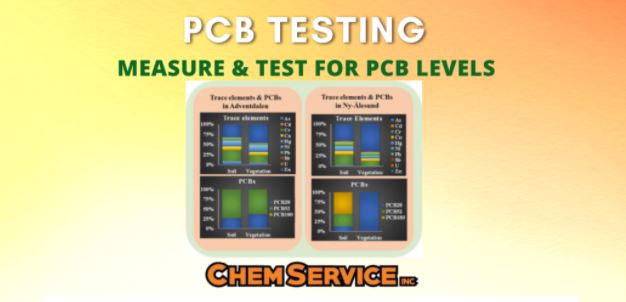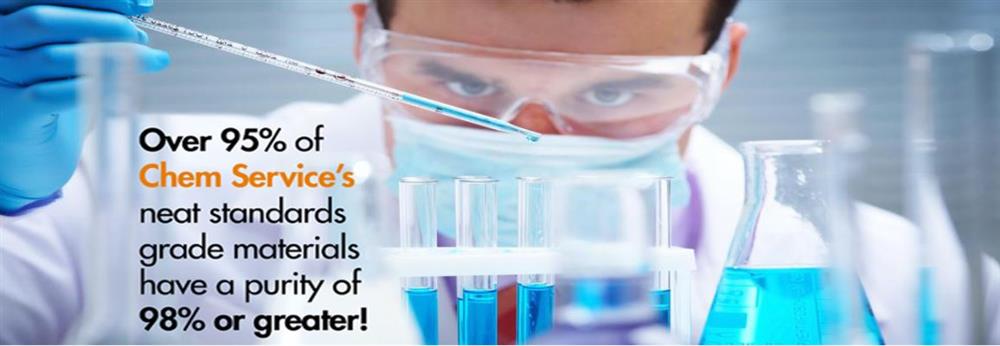Measuring and Testing for PCB Levels
Overview of PCBs and Their Health Risks
Polychlorinated Biphenyls are a group of manmade stable chemicals that are oil liquids or solids, clear to yellow in color with no smell or taste. PCBs have been banned for decades but continue to cause a variety of health risks today and have been known to cause cancer and can affect one’s immune system, reproductive system, nervous system, and more. If you get sick, and the severity, depends on how long you were exposed to PCBs, how much you were exposed to, and how sensitive your body is to this chemical. Developing fetuses and young children are the most vulnerable to PCBs.
How to Test for PCBs in Human Blood
Most people have some level of PCBs in their body through food exposure, such as fish, and a blood test is best for measuring this exposure. Blood is the best thing to test in humans, opposed to fat cells, because it reflects the quantity of PCBs stored in the body, known as the body burden. When testing for PCBs in blood, it is suggested to have it tested by a lab or testing method that has experience testing for PCBs and can test the full range of PCB congeners.
How to Test for PCBs in Water
PCBs have gotten into the environment through spills, and leaks from electrical, heat transfer, and other equipment, pigments and dyes, and improper disposal and storage. Once in the environment they can travel for long distances, so it is important to regularly test water for PCBs. This testing is normally performed via the chromatographic method in combination with mass spectrometry (MS) and the PCB must be first extracted from the source material.
How to Test for PCBs in Soil
PCBs also absorb into soil particles, and though they aren’t as mobile as when leached with water solutions, they can persevere for a long time. When testing for PCBs in soil, it also needs to be extracted from the source material but with a hydrocarbon-based solvent to remove moisture and inorganic salts. The subsequent chloride ions can be extracted into an aqueous buffer solution where they are detected using a chloride ion specific electrode.
How do you Take a PCB Sample?
How and where you collect a sample can affect the results you get. Since PCBs can accumulate in leaves and above-ground parts of plants and crops, samples should be collected from the top .5 cm to 2 cm of the surface closest to the likely course of PCB contamination.
How to measure PCBs
Depending on where you are planning to measure PCBs (air, soil, water, blood, etc.) PCBs can be measured using differing criteria. For instance, soil samples are measured in ppm (parts per million/mg/kg), while EPA standards for school student exposure of overall PCB should be below the oral reference dose (RfD) of 20 ng PCB/kg body weight per day. An RfD is an estimate of a daily exposure to the human population (i.e., sensitive subgroups) that is likely to be without an appreciable risk of harmful effects during a lifetime.
How do you Calculate Total PCBs?
There are 209 distinct PCB compounds, known as congeners, that have between 1 and 10 chlorine atoms on a biphenyl molecule. Total PCBs can be calculated by multiplying the sum of the three indicator congeners by 2 to determine its environmental impact and toxicity.
What Levels of PCBs are Dangerous?
According to the EPA, “contamination” is defined as:
- 0.0005 mg/L of PCBs in drinking water
- 1 pound or more of PCBs spilled into the environment (must be reported to the EPA)
- >0.2-3 ppm of PCBs within infant foods, eggs, milk, fish, poultry, and red meat
How Chem Service PCB Analytical Standards can help Test for PCBs and be used to Measure PCBs?
Though PCBs were banned in 1979, many of these products that contain harmful chemicals are still in use today and can be found in our surroundings. If you believe to be exposed to PCBs, it is essential that you and your surroundings get tested to stop or limit further exposure and any damage that may occur from long term exposure.
About Chem Service Inc
![]()
Established in 1962 Chem Service is the largest independent supplier of Analytical Reference Materials and the original source of small quantities of organic chemicals. Chem Service also has over 2,000 Pesticide Standards, including Pesticide Standards for Cannabis in its catalogue. Chem Service offers Custom made Standards manufactured to your specific requirements, all standards are accredited to ISO 17043:2016; ISO/IEC 17025:2005; ISO 9001:2015 Quality Management System.
Over 95% of Chem Services’ neat Standards Grade materials have a purity of 98.0% or greater.
Chem Services’ worldwide customers are found in the chemical, government, food quality, agricultural and life science research communities.
View Chem Service's ISO Accreditations and Certifications
Chem Service, Inc. is a leader in the design, development, production, distribution, and servicing of organic neat and synthetic reference materials and has achieved multiple industry certifications:
- Accredited to ISO 17034:2016
- Accredited to ISO/IEC 17025:2017
- Registered and Certified to the ISO 9001:2015 Quality Management System

Environmental Reference Standards
- Arochlors
- Azodyes
- Bisphenols Learn More
- Cannabis Testing Standards (Individual US States) Learn More
- Carbohydrates
- Carbon 13, Deuterated Standards
- Conazoles Learn More
- custom Solutions & Mixtures
- Dyes Learn More
- Explosives Learn More
- Hexachlorocyclopentadiene Learn More
- Inorganic Reference Standards
- Neonicotinoids Learn More
- Organic Reference Standards
- Oxidisers
- PBB's
- PBDE's Learn More
- PCB's
- Pesticides/Metabolites (including Conazole Fungicides, Cannabis Pesticide Standards)
- Phthalates Learn More
- Plasticizers
- Polybromodiphenyl Ethers
- Residual Solvent Standard Mixtures for Cannabis Testing Learn More
- Surfactants
- Terpenes Learn More
- Vitamin Reference Standards Learn More
EPA Standards Mixtures
- Methods 500 - 8000
- CLP (Contract LAboratory Programme)
- TPH (Total Petroleum Hydrocarbons)
- UST (UNderground Storage Tanks)
International Standard Mixtures
- Canadian Regulation Standards
- European Regulation Standards
- ISO Standards
- DIN Standards Learn More
USP Methods 561: Chlorinated Pesticides, Phosphorus Pesticides, Pyrethroids Kits Learn More
CONTACT US
Tel: +44 (0) 151 649 4000
Email: marketing@greyhoundchrom.com
FOLLOW US
YOU MAY ALSO BE INTERESTED IN OUR NEWSLETTER
















